A study published today in JAMA Network Open shows that children from poorer neighborhoods perform less well on a range of cognitive functions, such as verbal ability, reading skills, memory, and attention, and have smaller brain volumes in key cognitive regions compared to those from wealthier neighborhoods
Press Releases

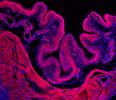
In a National Institutes of Health (NIH)-funded study involving both mice and patients who are part of an NIH Clinical Center trial, researchers discovered that a gene, called PIEZO2, may be responsible for the powerful urge to urinate that we normally feel several times a day.
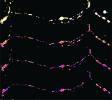
Our thoughts, feelings, and movements are controlled by billions of neurons talking to each other at trillions of specialized communication points called synapses.

In an article published in Nature Genetics, researchers confirm that about 14% of all cases of cerebral palsy, a disabling brain disorder for which there are no cures, may be linked to a patient’s genes and suggest that many of those genes control how brain circuits become wired during early development.

One of the major symptoms of myalgic encephalomyelitis/chronic fatigue syndrome (ME/CFS) is post-exertional malaise (PEM), the worsening of symptoms after physical or mental activities.

The Breakthrough Prize Foundation has announced that Richard J. Youle, Ph.D., a senior investigator at the National Institutes of Health (NIH), is one of four recipients of the 2021 Breakthrough Prize in Life Sciences.
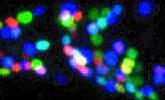
When it comes to brain cells, one size does not fit all. Neurons come in a wide variety of shapes, sizes, and contain different types of brain chemicals. But how did they get that way?

Every year, 150 to 300 children in the United States are diagnosed with diffuse intrinsic pontine gliomas (DIPGs), aggressive and lethal tumors that grow deep inside the brain, for which there are no cures.
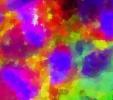
For every cell in the body there comes a time when it must decide what it wants to do for the rest of its life. In an article published in the journal PNAS, NIH researchers report for the first time that ancient viral genes that were once considered “junk DNA” may play a role in this process.
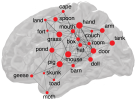
Thousands of words, big and small, are crammed inside our memory banks just waiting to be swiftly withdrawn and strung into sentences.
